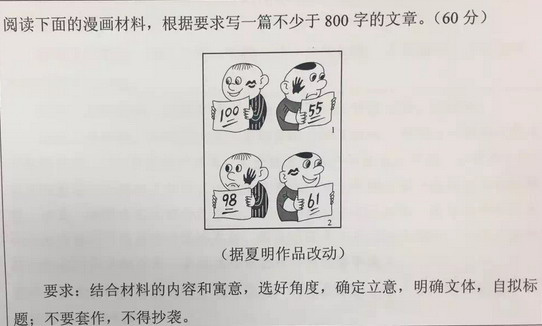英语时态复习17:一般过去将来时
一般过去将来时
1)一般过去将来时结构
肯定句:主语+be(was,were)going to+动词原形(v.原)+其它
或:主语+would(should would)+动词原形+其它
或:was/were+动词不定式
否定句:主语+be not(wasn‘t,weren’t)以下2种时态考察较少+动词原形+其他
或:主语+would(should或could)not+动词原形 +其它
疑问句:Be(Was,Were)+主语+going to+动词原形+其它
或:Would(Should could)+主语+动词原形+其它
2结构编辑1.同一般将来时不一样,把系动词be变为过去式,把will,shall变为过去式。
例句:I didn't know if he would come.
=I didn't know if he was going to come.
我不知道他是否会来。
She was sixty-six. In three years,she would be sixty-nine.
她66岁了。三年后,她是69岁。
She told us that she would not go with us,if it rained.
她告诉我们,如果下雨,她就不和我们一起去了。
I didn't know how to do it. What would be their ideas?
我不知如何去做,他们会有什么想法呢?
2)过去将来时常可用来表示过去习惯性的动作。此时,不管什么人称,一律用would。
过去将来时有时可带时间状语
注意
1"was/were going to + 动词原形"或"was/were +动词不定式完成式"可表示未能实现的过去将来时间的动作。
2was/were about to do
"was/were about to do"表示说话的瞬间就会发生的动作。
3was/were on the point of doing
提示"be about to do" 和 "be on the point of doing"结构一般不与表示将来的时间状语连用,但后面可以接when引导的分句。
(文章来源招生考试网,转载请注明原文出处: https://www.sczsxx.com/html/gaokaoziyuan/yingyu/2015/0304/yystfx17.html)



